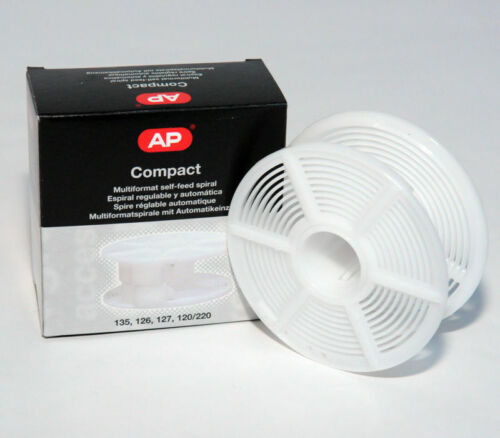- Messages
- 4,983
- Name
- Dave
- Edit My Images
- Yes
Anyone any clues how to get film on a plastic spoil in a dark bag quicker than the 20 minutes I’ve just spent fighting with it?!
I’ve practiced plenty out of the dark bag with no issues... but each time I have to do it for real I end up in a sweaty mess with the impending doom of thought that I'm just going to ruin the film!
Are the metal spools I've seen somewhere any better/easier to get 35mm film loaded onto?
I’ve practiced plenty out of the dark bag with no issues... but each time I have to do it for real I end up in a sweaty mess with the impending doom of thought that I'm just going to ruin the film!
Are the metal spools I've seen somewhere any better/easier to get 35mm film loaded onto?




